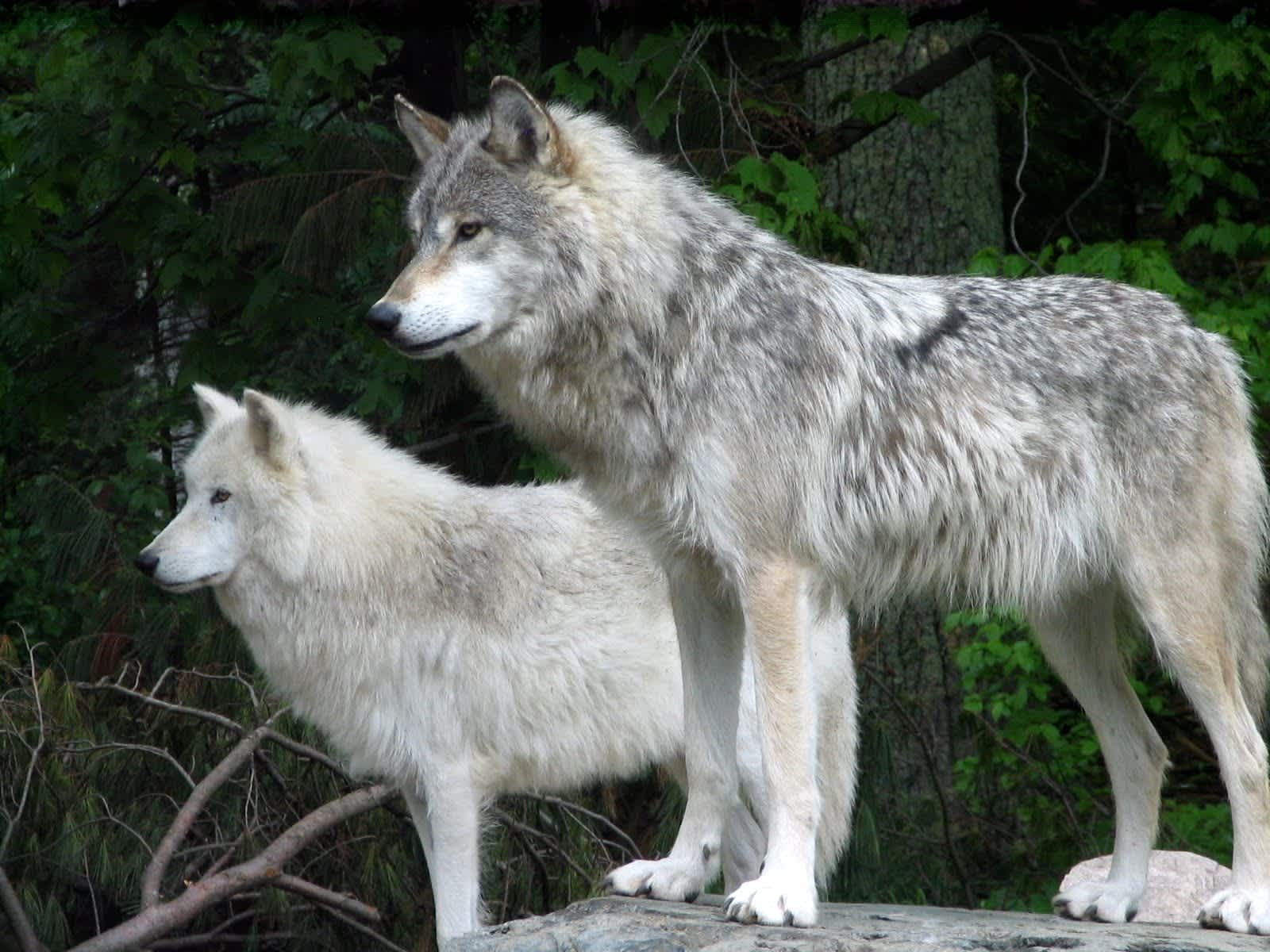Biologists: Elk, Deer Act as Buffer Between Wolves and Domestic Animals
OutdoorHub Reporters 11.24.15

Biologists have long studied the correlation between the health of wild ungulate populations and that of wolf depredation on livestock and pets. With wolves being removed from state protections in Oregon, biologists reminded residents that elk and deer essentially act as a buffer between wolves and domestic animals. Wolves prefer to prey on elk, but they are not picky predators. If elk or deer numbers are low due to a rough winter, the predators will begin to target more cattle and sheep—and even the occasional pet.
According to experts in Oregon, it might be worth increasing the ungulate population as wolf numbers grow.
Wolf depredation is not a big problem in the state just yet. With just a little over 80 wolves, it is still relatively rare for livestock owners to report a wolf kill, although it does still happen. The last confirmed wolf kill in Oregon happened earlier this month on a ranch in Wallowa County. Experts say that as wolves expand their territory and run into competition from other predators such as bears or cougars, it will begin to increase pressure on deer and elk.
“This buffer thing is one of the main reasons we haven’t seen so high a rate of loss of livestock,” retired biologist Mark Henjum told the Associated Press. “I think down the road, trying to maintain the ungulate populations is something that’s going to be more important as we move on.”
Oregon will soon move into Phase 3 of its Wolf Plan, which would allow state wildlife managers to cull wolves if a sharp decrease of prey population occurs. With only a relatively small wolf population, officials are confident in their ability to adequately manage the species. However, not all states have the option of handling their own wolves.
When a federal court ruling late last year returned the Great Lakes region wolves back to the federal endangered species list, it essentially returned control of the species back to the federal government. Not only did that mean an end to the general hunting season—it also meant that state wildlife managers found their hands tied when it comes to dealing with growing wolf populations. This is especially true in Minnesota, which has an estimated 2,500 wolves living within its borders.
According to Minnesota officials, wolf depredation on cattle has spiked after last winter. The increase in the number of nuisance wolves was not caused by a rough winter dropping deer numbers, but rather a mild winter that left the deer population harder to prey upon.
“We’re stuck in limbo. You can’t even protect your own animals. It’s not a good situation,” rancher Mark Thell, who owns 150 cattle in Carlton County, told the Star Tribune earlier this year. “And when the deer aren’t out there, the wolves will find something else to eat.”
Unlike Oregon, Minnesota officials are prohibited from interfering with the wolf population and will have to either wait for the federal government to intervene, or until the wolves are once again removed from the endangered species list. Earlier this month a group of 26 scientists wrote a letter to Secretary of the Interior Sally Jewell to urge her to delist the species in Minnesota, Wisconsin, and Michigan. The US Fish and Wildlife Service also supports the delisting.

